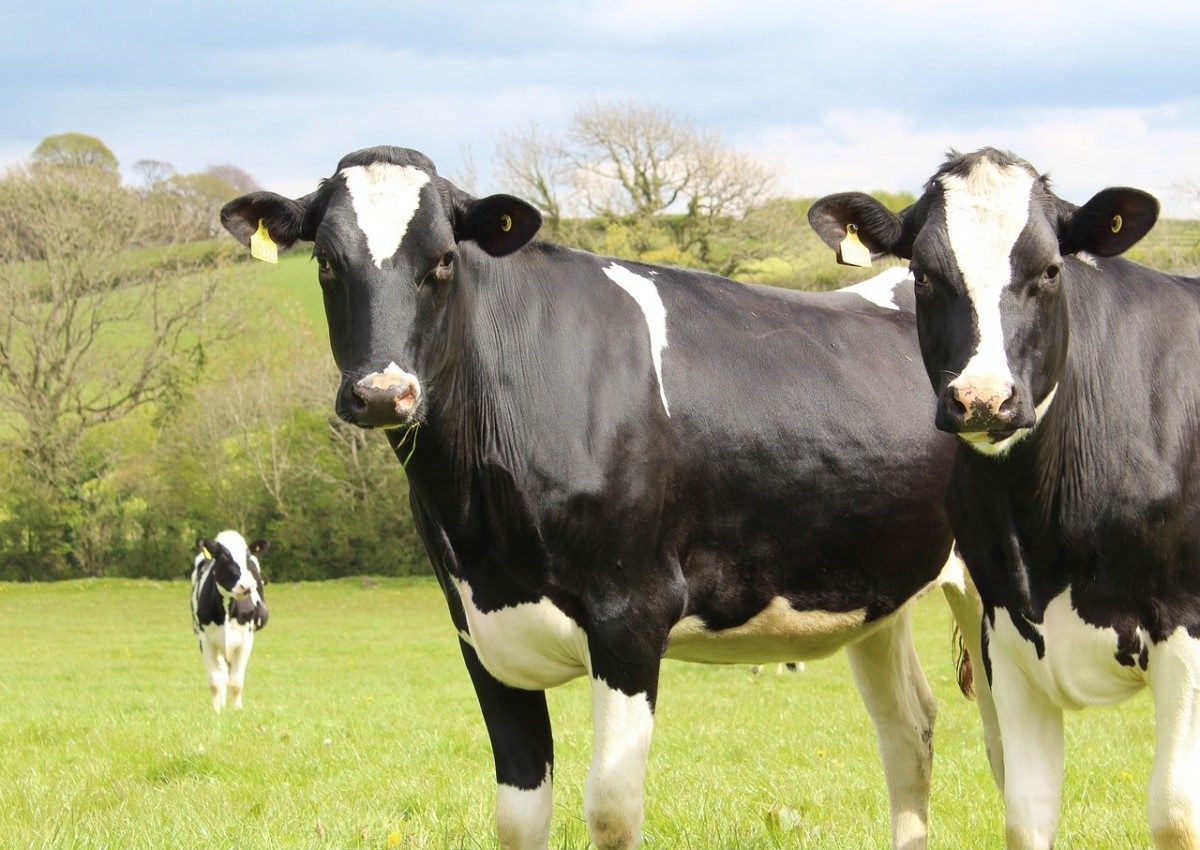
Cattle Country: University of Manitoba researchers investigate bacterial biofilms in the food industry
The following article was written by Claudia Narvaez-Bravo, Associate Professor, National Centre for Livestock and the Environment (NCLE), University of Manitoba. It was originally published in Cattle Country in September 2022.
Foodborne bacteria are a concern for the food industry. Average national loss in the United States connected to health-related costs caused by foodborne pathogens was estimated to be approximately $51.0 billion annually. To reduce the risk of outbreaks, the beef industry has invested resources to control and reduce bacteria such as harmful E. coli, a known cause for foodborne illness.
What are bacterial biofilms and how do they help bacteria survive?
People generally think of bacteria as free-moving cells, however bacteria can be fixed to a surface where they can be protected by structures known as biofilms. Biofilms are communities of microorganisms attached to solid surfaces or to each other and surrounded by a mucus-like substance that help the bacteria to survive. These natural protectants are very common in nature and can form on surfaces such as plastics, glass, stainless steel, and rubber. When established, biofilms act as shields to protect bacteria that reside within them, protecting them from sanitizers and antibiotics. Biofilms make bacteria more difficult to remove and they enable the exchange of genetic material among bacteria creating an environment favorable to cross-contamination, especially in meat processing plants.
As a result, proper cleaning and sanitation procedures are critical to the elimination of food borne pathogens that can pose risks to food quality and ultimately food safety. If the cleaning and sanitation processes are incomplete and ineffective then microorganisms can survive, setting the stage for biofilm formation.
The industry has adopted aggressive sampling programs, which have revealed the occurrence of “high event periods” in slaughter plants. These high event periods occur when a large number of trim samples are found to contain harmful E. coli. However, the causes behind these events in processing plants remain mostly unknown. Studies have shown that some strains of bacteria such as E. coli O157 can establish persistent populations in food- processing environments. The formation of biofilms on beef processing equipment can act as a continuous source of contamination.
Researching E. coli and its function in biofilms
Biofilms on contact surfaces have generally been investigated as single-species biofilms in wet conditions. The biofilms that form within beef processing facilities are typically composed of multiple bacterial species and these biofilms can exist in wet or dry conditions. Multiple strains of bacteria have been isolated from conveyor belt biofilms within a beef-processing facility after cleaning and sanitation procedures.
The University of Manitoba research team led by researcher Claudia Narvaez-Bravo is studying potential interactions with multi species biofilms formed on plastic materials used on conveyor belts and on stainless steel surfaces. The purpose of the research is to determine if spoilage bacteria encourage or discourage attachment of harmful E. coli to food contact surfaces. They are also assessing if this E. coli can transfer from single and multispecies biofilms formed on surfaces in the processing facility to beef products that are processed in the plant, considering different environmental conditions such as storage times, temperatures and humidity levels.
What have we learned so far?
The researchers selected bacteria that have a high biofilm forming ability at high (25˚C) and low temperature (10˚C). During the study, biofilms were formed on stainless steal and plastic exposed to different environmental conditions.
Results from the study show that specific biofilm mixtures consisting of various spoilage bacteria, formed at 25˚C can discourage harmful E. coli transfer to beef. None of the biofilms formed at 10°C contributed to contamination of beef by E. coli.
The study also revealed that when the beef samples were exposed to 6-day dry biofilms, harmful E. coli was transferred to the beef. However, no beef contamination with E. coli was detected when exposed to 60-day biofilms. Contamination from wet biofilms was higher than from dry biofilms.
It is important to note that during meat processing beef juices and water are released on surfaces in the processing plant and may come in contact with old dry biofilms present on these surfaces. The water and nutrients awaken the bacteria residing within the biofilm. To check this theory, researchers exposed the 60-day old dry biofilms to water and nutrients and found that the E. coli survived. Interestingly, the highest E. coli survival rate was observed from these multispecies biofilms. This suggests that old and dry biofilm can still harbour viable bacteria that will be able to recover under favourable conditions and can cause cross contamination in meat plants.
The results from this research also showed that multispecies biofilms may help harmful E. coli bacteria survive and persist under dry conditions while other biofilm mixtures were able to decrease E. coli numbers within biofilms.
Overall, this research demonstrated that the risk of harmful E. coli contamination of beef can be influenced by bacterial species composition, the type of surface that the biofilm is formed on, humidity, and the age of biofilms. These findings demonstrate the importance of understanding the impact of bacterial communities within food processing environments to prevent contamination in processing plants. This research also emphasizes the importance of proper cleaning and sanitation to prevent or reduce bacterial persistence and biofilm formation and provides important information to more effectively protect consumers by mitigating the risks for food borne illness.






